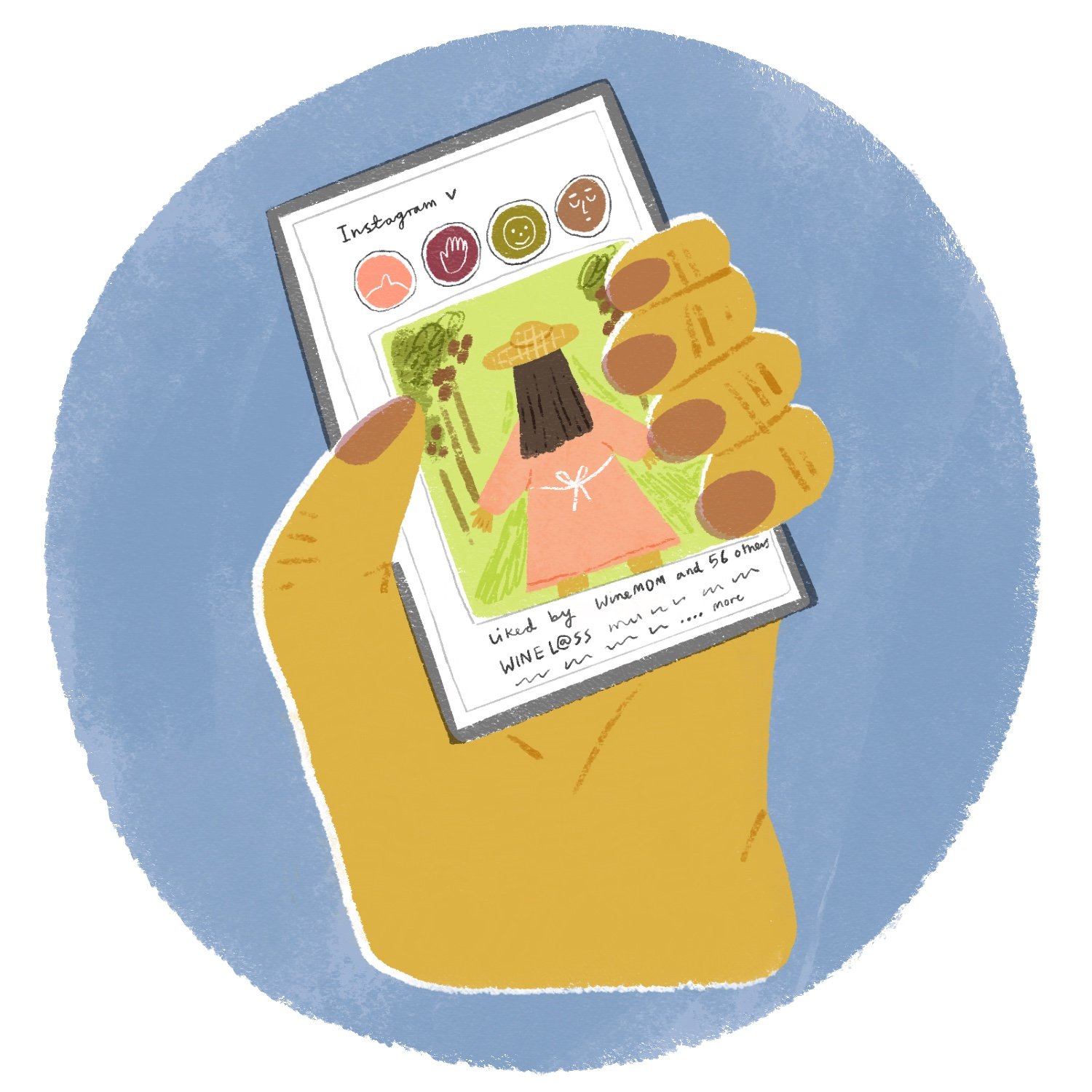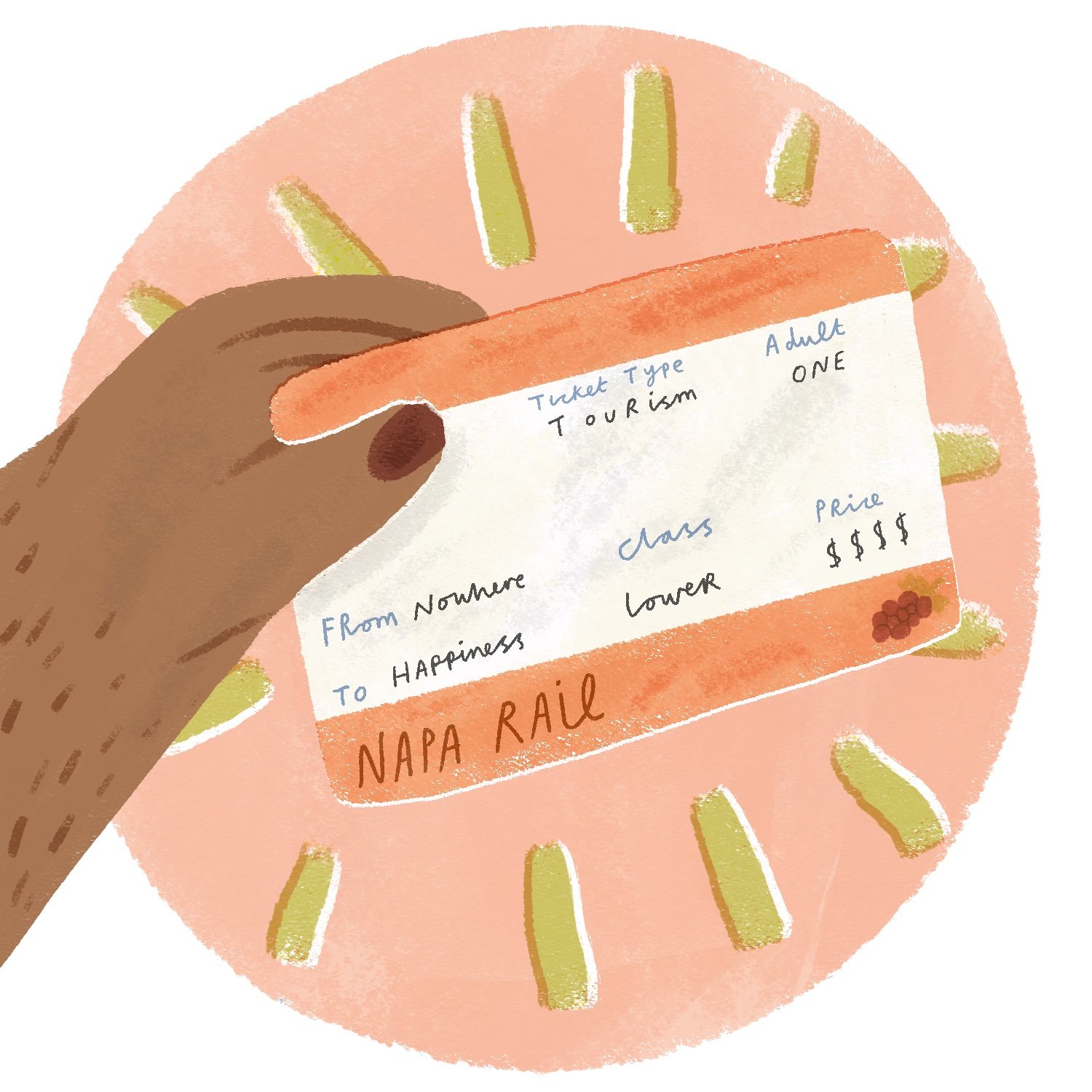Paint The Sky Grey — The Hypocrisies and Injustices of Global Wine Tourism
My first wine trip was to Napa Valley, the self-proclaimed “world-famous wine region.” Young and green in all things wine-related, I was beyond excited about this trip. I was going to Napa.
Eagerly I began preparing for my trip, which included a week-long intensive wine course. As I started my search I soon realised I couldn’t afford to stay in Napa. Undeterred, I found accommodation within my budget in neighbouring Vallejo, a city 15 miles south of Napa and according to Google, it would be a 30-minute bus ride into town.
Once there, though, it became clear that Napa wasn’t for me. Despite earning a comfortable salary I couldn’t afford many things in Napa, let alone the rest of the valley. The restaurants, tasting rooms, winery visits, and wines were all out of my reach.
Still, I bragged about my trip to friends, family and strangers. I had been to Napa.
A few years later, now a wine professional and enrolled in a wine tourism masters program in Europe, a guest lecturer from Napa proudly proclaimed “we don’t want anyone who doesn’t make over $100,000 a year.”
As he listed all the attributes of their ideal tourist (their “target audience”), I remembered the bus rides from Vallejo: I remembered being the only tourist among passengers who worked as cleaners, dishwashers, or hotel housekeeping staff; I remembered desperately trying to keep up with the affluent students on my wine course but ultimately burning a hole in my savings; I remembered how locals from Vallejo had warned me of recent shootings and that I really shouldn’t be out after 7pm.
And still, I bragged that I had been to Napa.
***
Travel isn’t supposed to be fair, nor is tourism supposed to be democratic. Despite our common beliefs that we all have a right to rest, freedom, and fun, the reality is that travel has always divided the haves from the have-nots. Historically, travel was only possible for the privileged, the elite, the white European gentlemen who could afford the costs and expenses of leisure.
Today, it’s not just European gentlemen that have the means to travel, although travel is still dominated by (white) folk from the global north. As the cost of travel began to decrease, the masses, the middle, and even lower classes began to have greater access to a piece of that privileged lifestyle.
The boom in global tourism in the past 40 years has meant that niche segments of tourism developed, among them wine tourism. Wine has captured the hearts of wine lovers, enthusiasts, connoisseurs, foodies, or other terms used for people who travel to (wine) regions mainly to eat and drink. And Napa is the wine tourism region par excellence.
In the wine tourism world, a small but growing realm, Napa is also a model for many other regions to emulate. It has garnered a reputation not only for quality wines but also for a luxury lifestyle often associated with wine. Napa has been able to sell just about anything that can be turned into a product, packaged and neatly priced.
Illustrations by Connie Noble
Still, Napa makes some folk slightly uncomfortable, particularly those in Europe, where the commodification and commercialisation of wine production, heritage, culture, lifestyle, landscape and sometimes even people seem to be at odds with humbler values.
At wine tourism conferences (yes, there is such a thing), I hear some wine producers say “we don’t want to be Napa.” And yet, I’ve never been to a conference that hasn’t referenced Napa in some way, because the prospects of making that kind of money, individually as a winery, and collectively, as a region, is enticing.
But it’s not just about money. It’s the possibility of bringing life back to regions that suffered greatly after World War II and were then impacted by waves of migration from the countryside to the cities in the latter half of the past century. Tourism, as theory goes and some examples show, can be used as a development tool and to help reverse rural flight, mitigate depopulation, create jobs, build infrastructure, provide quality services, and generally improve living conditions for residents.
It’s also considered a better alternative to mass tourism, which tries to get the most butts-in-the-seats, by targeting high-spending visitors. Certainly, by increasing prices regions can filter the types of tourists they receive, thereby obtaining greater economic and social gains. This is the reason why in countries like Spain, where I’m based, food and wine tourism have been championed by the government, politicians, multinationals, locals and academics as a form of sustainable tourism.
““The commodification and commercialisation of wine production, heritage, culture, lifestyle, landscape and sometimes even people seem to be at odds with humbler values.””
But the word sustainability is elusive and rolls off the tongue a bit too easily these days. Just as the discussions around sustainability in wine and cider production reveal paradoxes and contradictions, so too in tourism.
***
“We’re in the business of selling happiness,” a colleague of mine recently told attendees at a wine tourism conference in Tenerife.
The exchange of money for happiness requires understanding what makes people happy, or creating those wants and desires. Tourism taps into a fantasy that people have about wine. Media, advertisements, wine marketing, social media and even pop culture feed into that fantasy. On Instagram, it’s images of a woman in a long dress, walking through dreamy vineyards with her hand extended back, pulling us in.
Yes, wine is the product being sold but wine tourism isn’t really about wine at all. It’s selling an “experience” of wine, and a culture and lifestyle of our imagination. It’s offering an escape from our ordinary lives so we can, in just a few precious days, live the fun that Kermit Lynch has in France in Adventures —an almost spiritual encounter—with a product, wine, like Miles and Maya in the movie Sideways (a film that increased tourism to Napa by the way).
But happiness is an emotion. It can’t be produced, packaged or sold. No matter, the industry creates, crafts and delivers a dream—the “tourism product”: tours and tastings, Michelin-starred restaurants, hot air balloon rides, horseback riding through vineyards, five star hotels. And we, the tourists, live out our fantasy while on holidays, and spend, spend, spend. Tourism is one of the finest examples of neoliberal capitalism at work, in all its lure, all its promises, and all its accompanying destruction.
Environmentally, the tourism industry has a lot to answer for. It consumes significant levels of energy, gobbles up precious resources like water, requires an abundance of food, and develops resource-intensive leisure activities, like golf. Tourism has contributed significantly to the evolution of climate change to its current state, accounting for 8-11% of global CO2 emissions. Most of these emissions are from air transport, followed by car. And because tourism is not only dependent on transportation but actually stimulates its development, it often doesn’t care what stands in its way, as in the case of the proposed extension of the Barcelona airport.
Wine tourism relies heavily on planes and cars, particularly as the “target audience” for European wine regions are from the global north, with the highest carbon footprint. Very few regions have dependable public transport in rural areas, let alone green transportation. “But visitors can offset their carbon footprint,” a friend says. True, but at this point, it feels like putting a bandaid on a bullet hole.
In the wine industry itself, there seems to be a sense of urgency to find ways to lower CO2 emissions as wildfires devour vineyards across the globe. Paradoxically, the wine sector has put resources towards R&D in all areas of the production process and has funded projects to find sustainable solutions in viticulture, winemaking and packaging, but little attention is paid to the contribution of wine tourism. In fact, some of the same wineries or associations that are at the forefront of sustainability are also those that are heavily invested in and continue to promote large-scale tourism. Portugal’s Taylor’s Port founded the Porto Protocol Foundation, the international NGO dedicated to fighting climate change, in 2018 and two years later opened the WOW (World of Wine) in Porto with an anticipated one million visitors per year.
““Tourism is one of the finest examples of neoliberal capitalism at work, in all its lure, all its promises, and all its accompanying destruction.””
Wine-producing countries are more committed than ever to tourism in its current shape and size. The Spanish Ministry of Tourism recently announced that they will invest €65 million (£57m) for gastro-enotourism tourism–sustainable, of course–with the target audience being… international visitors. Similarly, Catalonia will invest €12m (£10.5m) to become the European leader in enotourism, with the goal being that tourists “leave as much money as possible.” They promoted this campaign at… the Napa Valley Festival.
Yes, tourism provides jobs—this is my livelihood, after all. And it would be hypocritical to write this without recognising that in my life, I’ve travelled like a white European gentleman, thereby contributing to the mess we’re in. But the reality is that we’ve reached a point where the only way to reduce climate change is to travel less, travel locally, and travel radically differently.
As I write, a bead of sweat has formed on my perspired skin and runs down my back. A notification on my phone tells me there’s another heat wave, the third one this summer. I scroll down further and read that the Spanish government will enforce the European campaign to reduce energy consumption. Madrid, however, will not comply because, according to the president of the Community of Madrid, it will “scare tourism and [stunt] consumption.”
Travel is not fair, nor is tourism democratic. And when it comes to sustainability in tourism, as scholar C. Michael Hall asks, “What is to be sustained and who is to decide this?”













